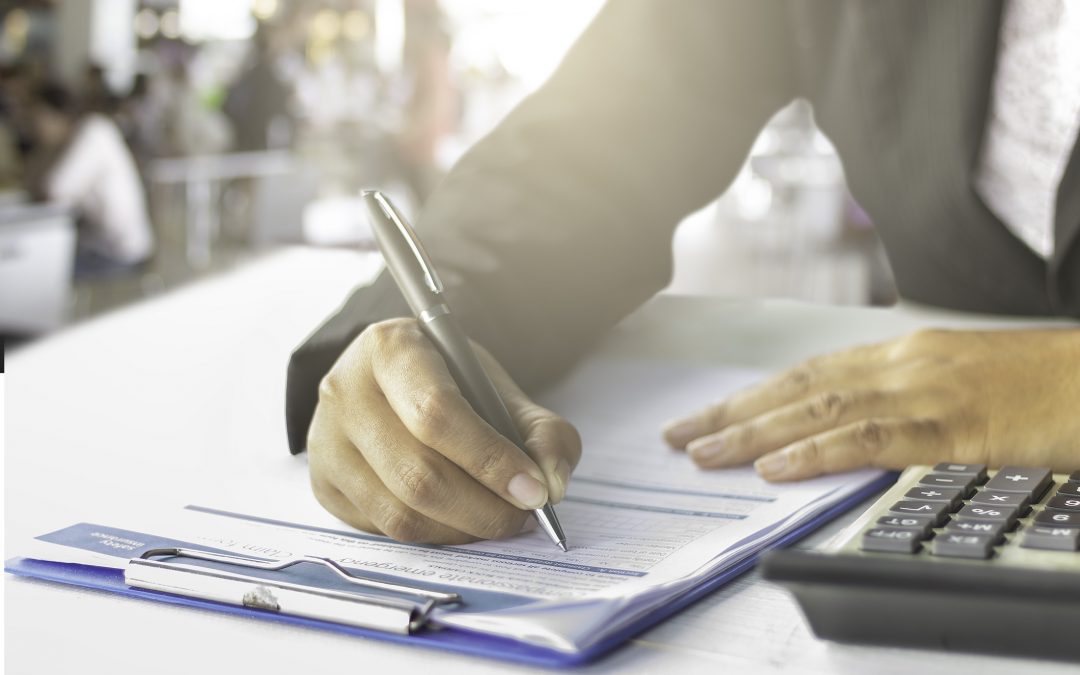The personal financial statement is one of the most versatile financial tools at your disposal. In planning personal finance, you can use it to define and track financial goals, an essential early process in creating an individual financial plan.
Here’s what a personal financial statement is and how to create an individual financial plan with a sample personal financial statement.
What is a personal financial statement?
A personal financial statement is a snapshot of your personal finances that includes an overview of your assets, liabilities, and net worth.
Your assets are the property you own, such as your house, car, money in checking and savings accounts, and investments.
Your liabilities are debts you owe, such as credit card debts, your mortgage, and any other loan. Your net worth is the difference between the two.
Seeing your assets, liabilities, and net worth from a bird’s-eye view is important for two reasons:
- It helps you prioritize which liabilities to resolve so that you can accelerate the growth of your assets.
- It helps show you how much the value of your assets has to grow for you to reach your financial goals.
How do you calculate net worth?
In short, to calculate net worth with a personal financial statement, you subtract the total value of your liabilities from the total value of your assets.
For example, let’s say you have $5,000 in savings, $15,000 in investments, $55,000 in home equity, and an $8,000 car. Your total assets are worth $83,000. Now let’s say you have a $12,000 credit card balance, a $20,000 mortgage, and a $9,000 student loan. Your liabilities are worth $41,000. Thus, your net worth is $42,000.
Sample personal financial statement
Most personal financial statements have one thing in common—they show assets on the left and liabilities and net worth on the right. Many also list annual income sources, including salary, bonuses, dividends, and rentals, and an estimate of annual expenses, including taxes, insurance premiums, and mortgage payments.
Here’s a sample personal financial statement that you can use to start writing your personal financial plan:
| Assets | Liabilities | ||
| Cash on hand/in banks: | $__________ | Credit cards: | $__________ |
| Checking and savings: | $__________ | Student loans: | $__________ |
| Securities: | $__________ | Cash rent: | $__________ |
| Accounts receivable: | $__________ | Accounts/bills due: | $__________ |
| Real estate owned: | $__________ | Mortgage payable: | $__________ |
| Household property: | $__________ | Unpaid taxes: | $__________ |
| Vehicles: | $__________ | Vehicle loans: | $__________ |
| Cash value of life insurance: | $__________ | Life insurance loans: | $__________ |
| Retirement savings: | $__________ | Notes payable: | $__________ |
| Other assets: | $__________ | Other liabilities: | $__________ |
| Total assets: | $__________ | Total liabilities: | $__________ |
| Net worth (assets – liabilities): | $__________ | Liabilities after net worth: | $__________ |
Pro tip! For a more detailed sample personal financial statement template, head over to the Corporate Finance Institute.
The bottom line
These statements should evolve as your finances do, so every few years, be sure to review your statement to see if your financial goals are still on track.




